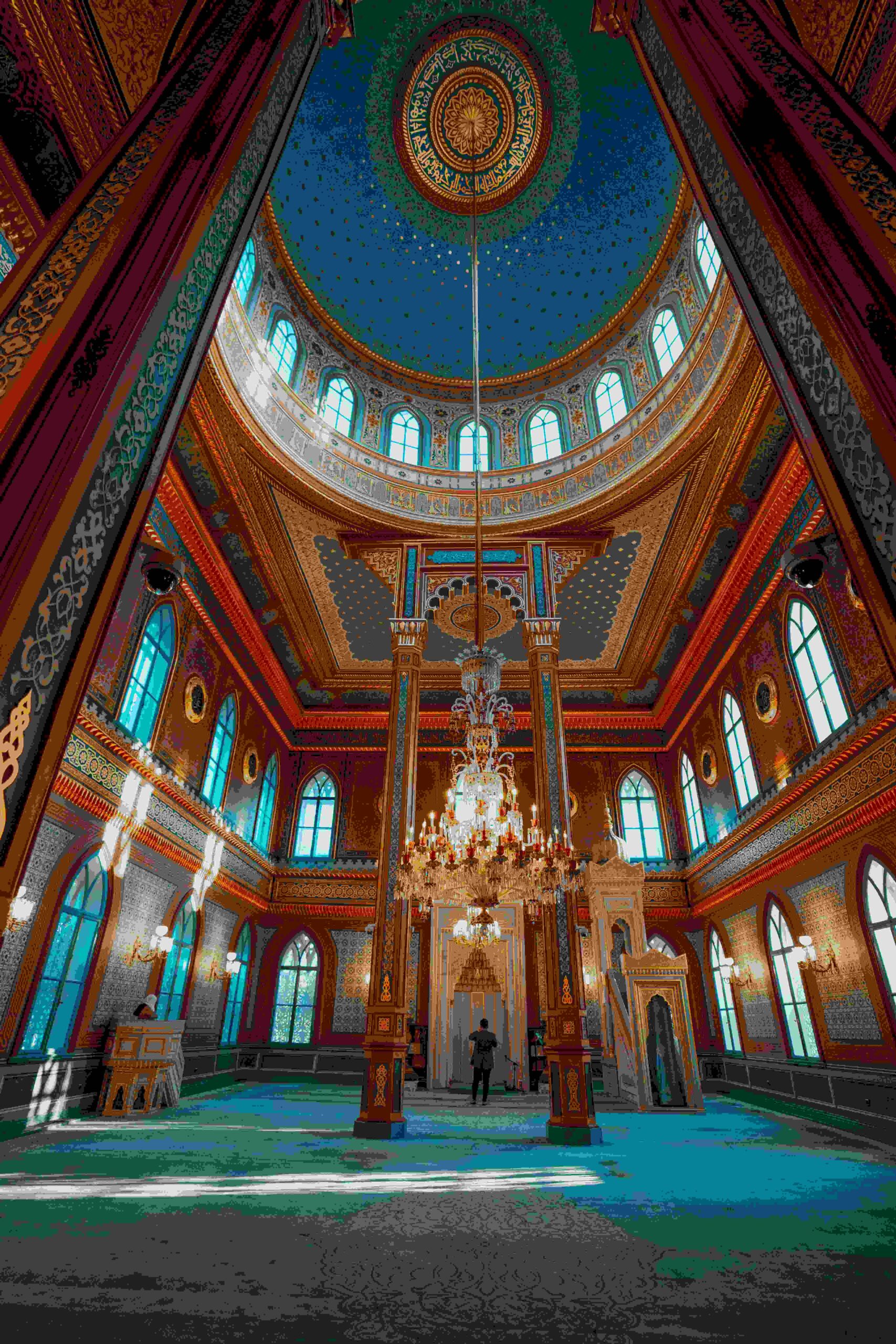The art of çıtakari, is an important and elegant part of our rich cultural heritage. This art, which developed especially during the Ottoman Empire, offers the finest and most elegant examples of woodworking. Çıtakari is known for its carving and inlay work on wood and is often used in decorative elements such as doors, ceilings, window shutters and furniture. Let's learn more about the historical development of the art of çıtakari, its techniques and its place in the modern world.
Historical Origins and Development
The origins of the art of the chtakari, Central Asian Turk culture. Nomadic Turkish communities created both practical and aesthetic products by processing wood. This tradition reached its peak during the Seljuk and Ottoman periods, and çıtakari art was used in many buildings from palaces to mosques. Especially during the Ottoman period, woodworking gained great importance and çıtakari, which requires fine workmanship, became an indispensable part of architecture.
Techniques of Cıtakari Art
The art of çıtakari involves various techniques that require great care and patience. Here are some of these techniques:
- Carving: It is the process of creating patterns by scraping the surface of wood. The motifs used in this technique are generally vegetal, geometric and stylized figures.
- Inlaid: It is the process of placing different materials (metal, ivory, mother-of-pearl, etc.) on a wooden surface. The inlay technique makes the work look rich and three-dimensional.
- Relief: Embossed effects are created by engraving high and low patterns on the wood surface. This technique makes the patterns more distinct and eye-catching.
- Perforated Engraving: It is a carving process that is done by completely drilling the wood. This technique is used especially in ceiling decorations and window shutters.
Application Areas of Çıtakari Art
Çıtakari art has a wide range of applications. Here are some areas where this art is frequently used:
- Architectural: Monumental buildings such as mosques, palaces, mansions and mansions contain the most beautiful examples of çıtakari art. Wooden doors, ceilings, mihrabs and minbars are the main application areas of this art in architecture.
- Furniture: Traditional Turkish furniture is decorated with the exquisite details of çıtakari art. Chairs, tables, cabinets and chests are the main pieces of furniture using this art.
- Decorative Items: Çıtakari art is also frequently used in decorative objects. Wooden boxes, frames, trays and various ornaments are elegant examples of this art.
Çıtakari in the Modern World
The art of çıtakari today, combining traditional methods with modern designs continues to add an aesthetic touch to our living spaces. Woodwork is of great value both in interior decoration and architectural details. Modern designers preserve the traditional motifs of çıtakari art and continue the traces of this elegant art in contemporary spaces.
Conclusion
The art of Çıtakari is a branch of art that extends from the past to the present and contains great care and elegance in every detail. Throughout history in architectural structures, in furniture and in decorative objects used slatakariToday, it still retains its value and comes to life again with modern designs. Combining the natural beauty of wood and the subtleties of handcraftsmanship, çıtakari offers aesthetics and functionality in perfect harmony. Therefore, the art of çıtakari is not only a legacy of our past, but also a value to be carried into the future.

